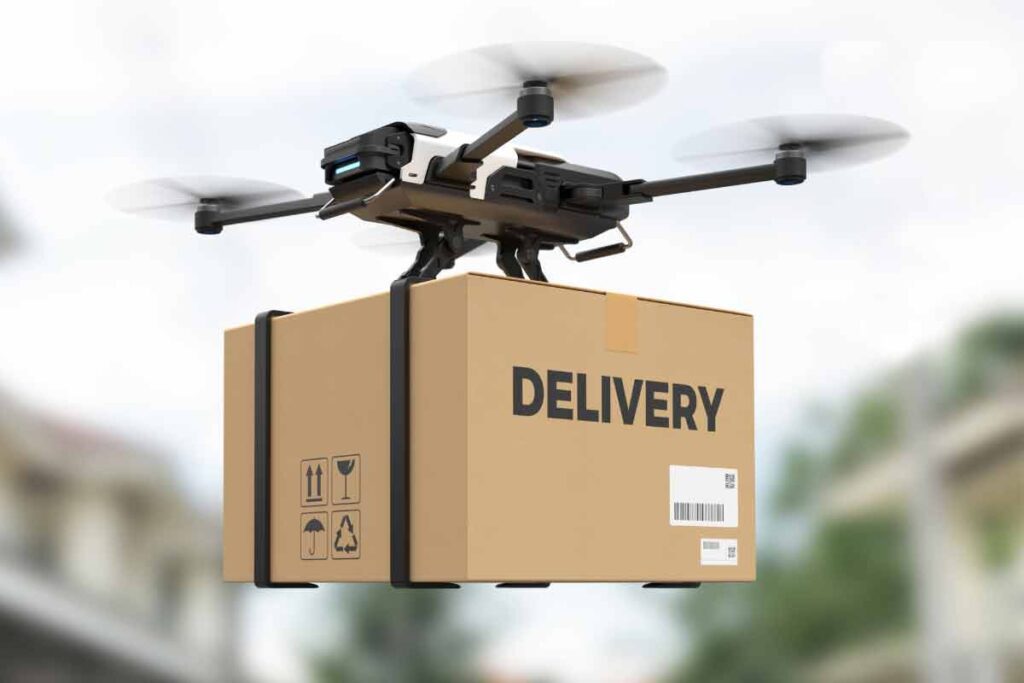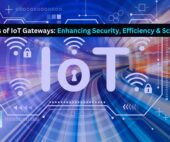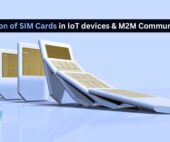Introduction
Drones have changed many industries in the last few years, including delivery services, agriculture, and even photography and videography. As their popularity continues to soar, so does the need for effective regulation to ensure safety, security, and responsible usage.

In a significant development, new iot drone regulations are on the horizon, heralding the requirement for cellular Internet of Things (IoT) connectivity and GPS technology. This shift promises to revolutionize the drone landscape, enhancing both their capabilities and their integration into everyday life.
The Need for New Regulations
Unmanned aerial vehicles, more commonly known as drones, have witnessed explosive growth, posing challenges to traditional aviation authorities. The proliferation of drones has led to concerns about privacy, airspace congestion, and safety, necessitating the introduction of comprehensive regulations. These new rules aim to strike a balance between promoting innovation and protecting public interests.
Cellular IoT Connectivity: Empowering Drones
One of the most groundbreaking aspects of the upcoming regulations is the requirement for cellular IoT connectivity. The integration of IoT technology will enable drones to communicate seamlessly with each other, as well as with centralized control systems. This communication network will facilitate real-time data exchange, enabling drones to operate efficiently and safely even in complex environments.
The Benefits of Cellular IoT Connectivity for Drones
Enhanced Safety: Cellular IoT connectivity will enable drones to transmit crucial flight data, including altitude, location, and battery status, to a centralized system. This real-time information sharing can prevent collisions, reduce the risk of accidents, and enhance overall airspace safety.
Remote Monitoring and Control: With Internet of things connectivity, operators can remotely monitor and control drones, providing greater flexibility and enabling swift response to changing conditions. This is especially valuable for applications like search and rescue operations, where real-time adjustments can make a significant difference.
Beyond Line-of-Sight Operations: Cellular connectivity allows drones to extend their operational range beyond visual line-of-sight (BVLOS). This opens up new possibilities for industries such as agriculture, infrastructure inspection, and environmental monitoring through IoT Platform.
GPS Technology: Navigating the Skies
In tandem with cellular IoT connectivity, the new regulations will mandate the integration of GPS technology into drones. Global Positioning System (GPS) satellites will play a pivotal role in enabling accurate and reliable navigation for unmanned aircraft. This integration will ensure that drones can precisely determine their location, altitude, and orientation, which is crucial for safe and efficient flight.
The Impact of GPS Integration on Drones
Precise Navigation: GPS technology will enable drones to navigate with remarkable accuracy, facilitating tasks such as aerial mapping, surveying, and geospatial analysis. This precision is essential for achieving consistent and reliable results in various applications.
Geofencing and No-Fly Zones: By leveraging GPS data, drones can be programmed to adhere to geofencing boundaries and no-fly zones automatically. This feature enhances compliance with airspace regulations and ensures drones avoid sensitive or restricted areas.
Autonomous Operations: With GPS-enabled autonomous flight capabilities, drones can execute complex missions independently, such as inspecting pipelines, monitoring wildlife, or delivering medical supplies to remote areas. This autonomy streamlines operations and reduces the workload on operators.
Preparing for the Future
As the new drone regulations come into effect, stakeholders across industries need to prepare for the transformative impact of cellular IoT connectivity and GPS integration. Manufacturers, operators, and regulatory bodies must collaborate to ensure a smooth transition and widespread adoption of these IoT technologies.
Moreover, businesses and innovators should explore the expanded possibilities that these changes offer, from optimizing supply chains to launching innovative drone-based services.
Conclusion
The future of drones is poised to soar to new heights with the implementation of groundbreaking regulations that require cellular IoT connectivity and GPS integration. With Legacy IoT these advancements will revolutionize the drone landscape, enhancing safety, efficiency, and autonomy.
The synergy between IoT connectivity and GPS technology will empower drones to navigate the skies with precision, communicate seamlessly, and carry out missions that were once thought impossible. As these regulations take flight, the drone industry is on the brink of a new era, where innovation and responsibility converge to shape the future of aerial technology.





